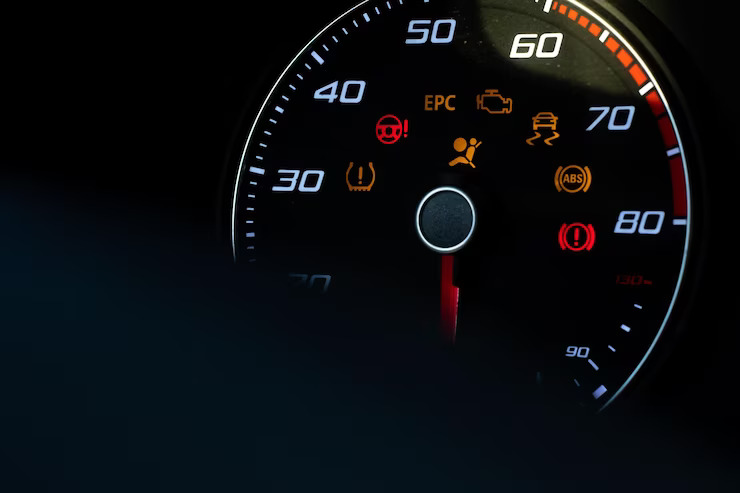Tire tread wear is a critical aspect of vehicle safety and performance. The condition of your tires directly affects your vehicle’s ability to grip the road, handle turns, and brake effectively. To help drivers monitor their tire tread wear, some modern vehicles are equipped with tire tread wear warning lights. In this article, we will discuss the importance of tire tread wear warning lights and provide troubleshooting tips for addressing potential issues.
Importance of Tire Tread Wear Warning Lights:
Tire tread wear warning lights are designed to alert drivers when their tires’ tread depth has reached a level that may compromise safety. These warning lights serve as a proactive reminder to check and replace tires that are no longer providing sufficient traction. By paying attention to these warning lights and maintaining proper tire tread depth, drivers can enhance safety on the road and reduce the risk of accidents caused by inadequate tire grip.
Troubleshooting Tips for Tire Tread Wear Warning Lights:
- Check Tread Depth Manually: While tire tread wear warning lights are a useful feature, they may not always provide the most accurate measurement of tire tread depth. It is recommended to manually check the tread depth using a tread depth gauge or the “penny test.” Insert a penny into the tread groove with Lincoln’s head upside down. If the top of Lincoln’s head is visible, it indicates that the tire tread is worn beyond the recommended depth, and it is time for replacement.
- Inspect the Tires: If the tire tread wear warning light illuminates, visually inspect the tires for signs of excessive wear. Look for uneven tread wear patterns, bald spots, or any damage that may compromise tire performance. Additionally, check for embedded objects like nails or screws that could cause a loss of air pressure or further damage to the tire. Address any visible issues promptly.
- Check Tire Pressure: Incorrect tire pressure can contribute to uneven tire wear and affect the accuracy of tire tread wear warning lights. Ensure that all tires are properly inflated according to the manufacturer’s recommended pressure levels. Low tire pressure can cause the outer edges of the tread to wear faster, while overinflated tires may wear more in the center. Maintaining proper tire pressure promotes even tread wear and prolongs tire life.
- Rotate Tires Regularly: Tire rotation is an essential maintenance practice that helps promote even tire tread wear. It involves moving the tires from one position to another (e.g., front to back, left to right) to ensure balanced wear across all tires. Regular tire rotations can help extend the lifespan of the tires and maximize their performance. Consult your vehicle’s owner’s manual or a tire professional for the recommended tire rotation interval.
- Schedule Wheel Alignment: Improper wheel alignment can lead to uneven tire wear, affecting the accuracy of tire tread wear warning lights. If you notice abnormal tire wear patterns or experience steering pull, it may indicate the need for a wheel alignment. A qualified technician can adjust the wheel angles to the manufacturer’s specifications, ensuring proper tire contact with the road and minimizing uneven tread wear.
- Replace Worn Tires: If manual inspection confirms significant tread wear or damage beyond safe limits, it is crucial to replace the worn tires promptly. Worn-out tires can significantly compromise traction, especially on wet or slippery surfaces, increasing the risk of accidents. When replacing tires, consider investing in high-quality tires that are suitable for your driving conditions and follow the manufacturer’s recommendations.
- Seek Professional Assistance: If the tire tread wear warning light persists despite proper tire maintenance, it is advisable to seek professional assistance. Authorized dealerships or reputable tire service centers can diagnose and address any technical issues with the tire tread wear monitoring system. They have the expertise and specialized equipment to accurately diagnose problems and perform necessary repairs or calibration.
Tire tread wear warning lights are valuable safety features that alert drivers to potential tire tread issues. By actively monitoring tire tread wear, performing regular inspections, and addressing any issues promptly, drivers can ensure optimal tire performance, enhance vehicle safety, and extend tire life. Remember to follow the manufacturer’s recommendations for tire maintenance and consult professionals for expert advice and assistance when needed.











